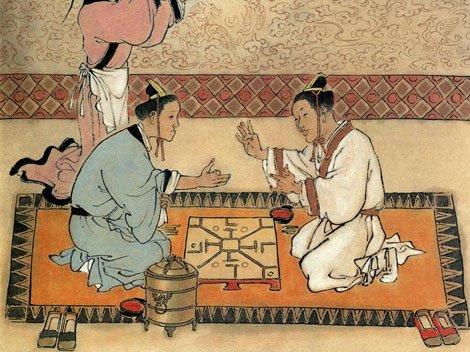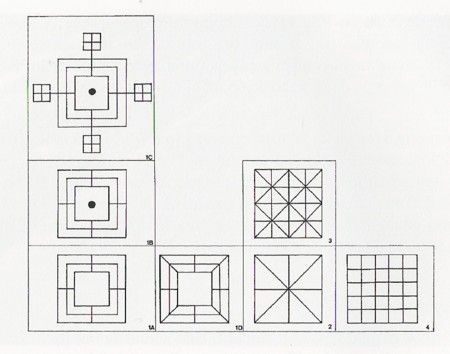Dal sito della World Tafl Federation http://aagenielsen.dk/
Ricordiamo a tutti gli amanti di giochi strategici che iscrivendosi gratuitamente alla World Tafl Federation http://aagenielsen.dk/ è possibile giocare con appassionati di tutto il mondo ai giochi della Famiglia Tafl...
mmagari / siegfried. 12 moves.
Brandubh 7x7 (Irish Tafl)
2015-11-25
Brandubh 7x7 (Irish Tafl)
2015-11-25
crust / tonythebook. 35 moves.
Brandubh 7x7 (Irish Tafl)
2015-11-26
Brandubh 7x7 (Irish Tafl)
2015-11-26




































